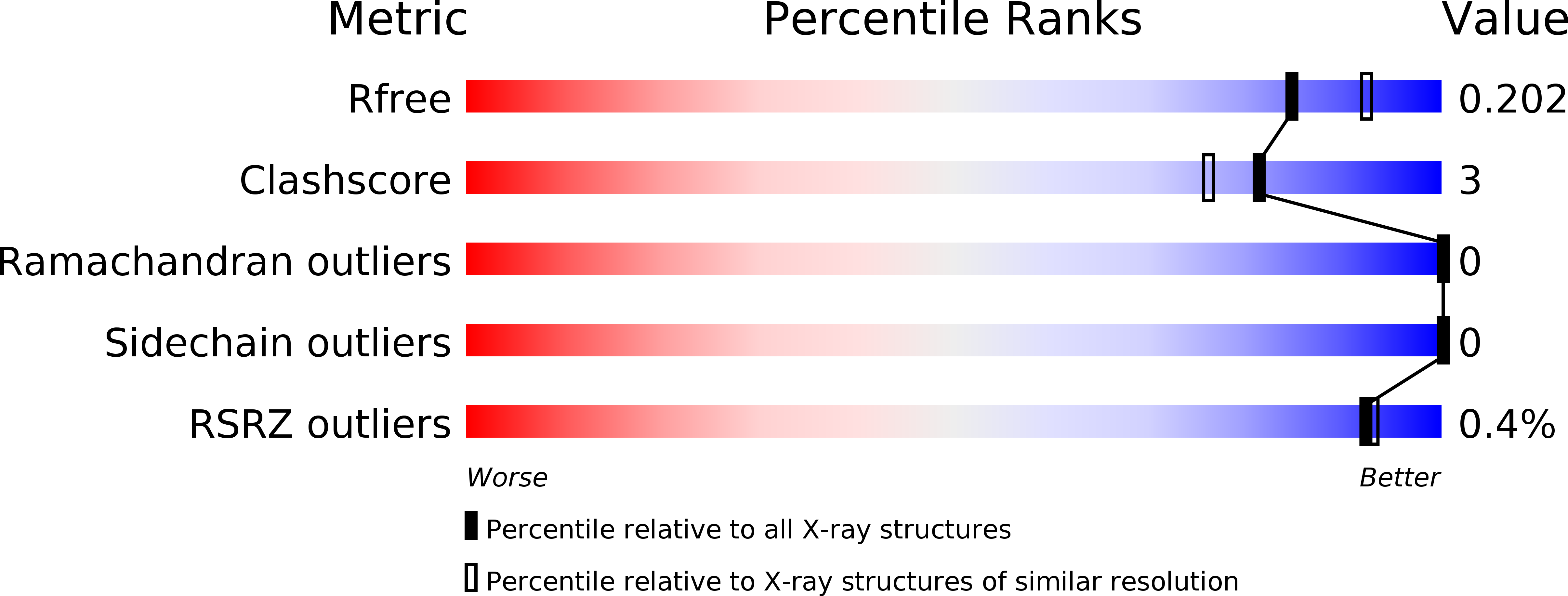
Deposition Date
2016-04-13
Release Date
2017-08-09
Last Version Date
2023-09-27
Entry Detail
Biological Source:
Source Organism:
Trichoderma harzianum (Taxon ID: 5544)
Host Organism:
Method Details:
Experimental Method:
Resolution:
1.97 Å
R-Value Free:
0.20
R-Value Work:
0.16
R-Value Observed:
0.16
Space Group:
P 21 21 21


